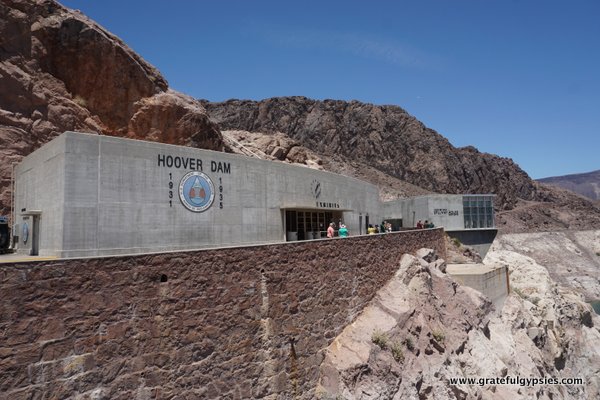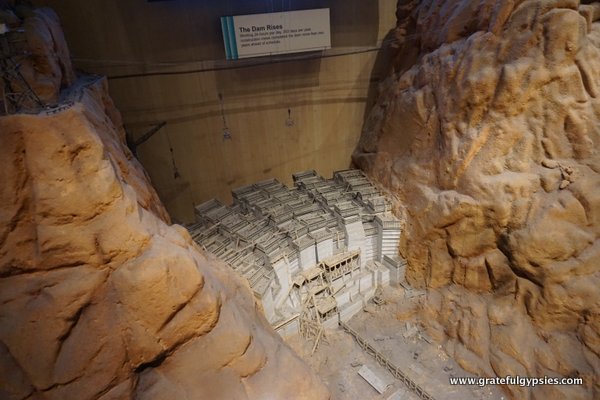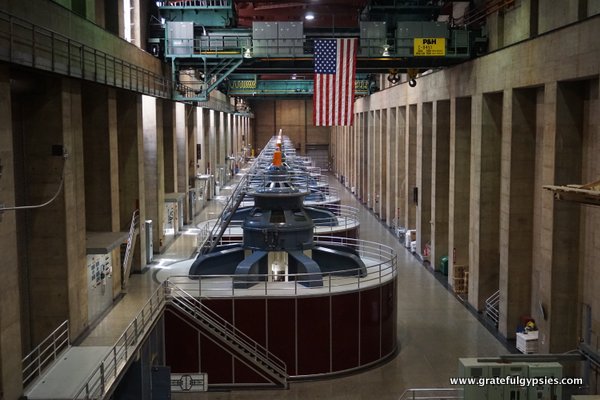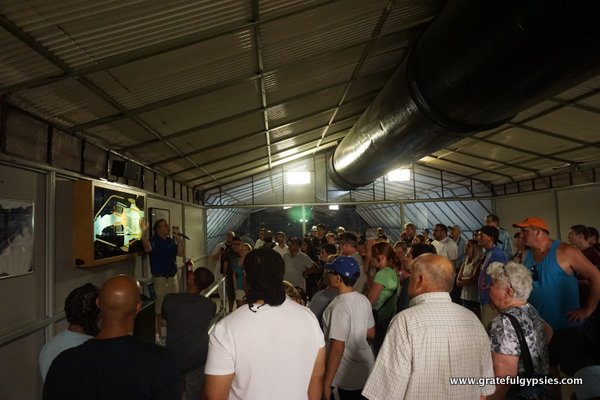The Hoover Dam Posted by sasha on Jul 17, 2017 in Culture
One of the most iconic landmarks in America is the Hoover Dam. This massive and impressive feat of engineering provides water for several states and also generates hydroelectric power. The easiest way to visit the Hoover Dam is on a day trip from Las Vegas, as it’s just a short drive away. Let’s learn more about this famous American landmark, starting with a bit of history.
History
After many years of debate, Congress approved the building of a new dam in the southwest in 1928. Construction began a few years later on April 20, 1931. This was during the Great Depression when many people were out of work. As such, thousands of men came in search of a job building the new dam.
It was built for several reasons: controlling floods, for irrigation, and to generate power. Its planned location was at Boulder Canyon, but it was determined that nearby Black Canyon was a better choice. As a matter of fact, it was even called Boulder Dam for several years. The name was changed in honor of Herbert Hoover, the 31st President of the United States, who played a major role in the construction of the dam. Speaking of names, did you know that it’s actually called a concrete-arch gravity dam?
Six different companies got together to create Six Company, Inc. Together they were given the contract to build the dam for $49 million. Before construction could begin, they had to divert the mighty Colorado River. To do this, four diversion tunnels had to be built through the canyon walls. Working and living conditions were harsh in this barren land, and over 100 workers died during the dam’s construction. Despite the difficult conditions, the Hoover Dam was completed on March 1, 1936, two years ahead of schedule and well under budget.
Facts
Here are some facts that will help you understand how enormous and impressive the Hoover Dam truly is:
- It is 726 feet tall and 1,244 feet long.
- The base of the dam is 660 feet thick.
- It weighs more than 6,600,000 tons.
- Over 21,000 men worked on its construction.
- There are 4,360,000 cubic yards of concrete in the dam, plant, and secondary buildings.
- Its 17 generators producing 4 billion kilowatts of electricity a year.
- It’s the highest concrete dam in the Western Hemisphere.
It’s no wonder the Hoover Dam was named one of America’s Seven Modern Civil Engineering Wonders as well as a National Historic Landmark.
Visiting
The Hoover Dam is located in the Black Canyon of the Colorado River. It’s on the border of Nevada and Arizona near Lake Mead. There are several options for visiting the Hoover Dam. You can simply drive up via the Hoover Dam Bypass or cross the new Mike O’Callaghan-Pat Tillman Memorial Bridge to enjoy the views.
If you want to go in, there are a couple of different options for tours. You can choose to just see the Visitor’s Center, or you can go on one of two guided tours of the dam and the plant. Be sure to check online before you go to see which tours are available. Sometimes the longer, more detailed tour is not available due to elevator maintenance. Whatever option you choose, you’ll learn a lot and will get a closer look at this engineering marvel.
Learn more about Hoover Dam in this short video:
Have you been to the Hoover Dam? What did you think of it? If not, would you like to go? Let us know in the comments!

Build vocabulary, practice pronunciation, and more with Transparent Language Online. Available anytime, anywhere, on any device.








